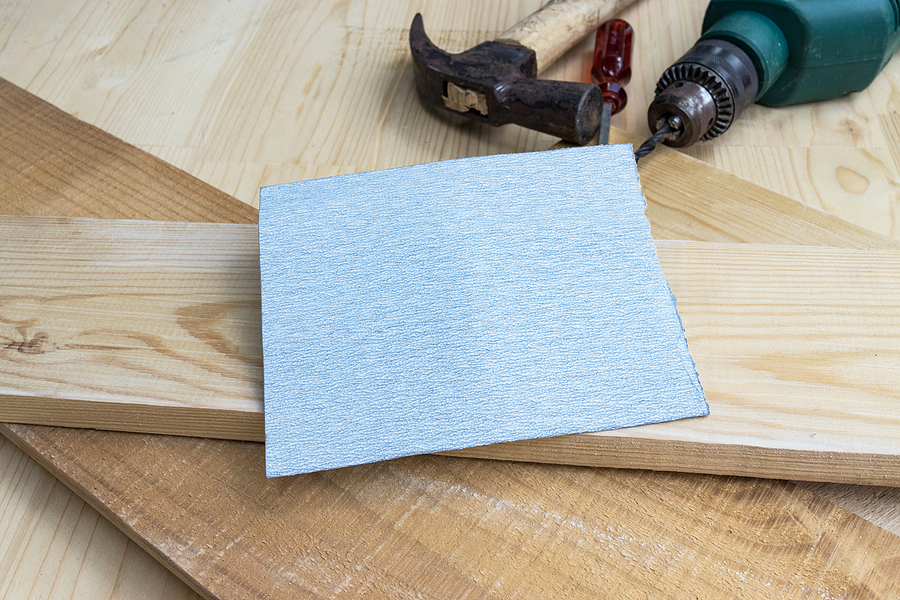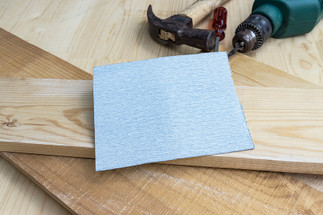Posted by Sandpaper America on Oct 10th 2020
How to Sand Wood With Traditional Sheet Sandpaper
Sandpaper is a widely-used and beneficial product that is highly effectual in the world of woodworking, carpentry, and more. It is used to shine, polish, smooth, even, level, finish, and shape wood. It can also be used on several other materials, like metal, plastic, and more. Everything from drywall seams to windowpanes, and much more can benefit from sandpaper applications.
Continue reading if you are new to the world of abrasives, and wish to learn how to properly use sandpaper for your woodworking project or idea.

The General Need for Sanding Down Wood
Sanding is used for all the above mentioned reasons, but also to remove outer layers of material, like paint. Starting out, sandpaper was made simply by gluing actual grains of sand to one side of paper; but the modern-day manufacturing of sandpaper now incorporates an entirely different menu of abrasive materials, like silicone carbide, aluminum oxide, garnet, and more. For wood, aluminum oxide is best. Never use silicone carbide on anything with wood material.
In a previous blog, we discussed the different grades and common types of sandpaper. It is important to use the proper grade sanding paper for whatever project you intend to do. Remember that smaller grades are more course and will remove more material, while larger-number grades are finer and remove less.
Here are some helpful tips for sanding wood the right way:
Figure out which grade sandpaper you need. For smoother surfaces, use a finer grit (i.e. 100 grit), and more dented or rough surfaces, go with a lower grit (i.e. 60 grit).
Choose whether you wish to use your hands and fingers to apply the sandpaper, or if you want to wrap the sandpaper around a sanding block before applying it to the wood surface.For larger surface areas, a block is a good choice.
Always sand along the grain. Going against the grain can result in uneven finishes or rough patches.
Use smooth and even strokes while sanding in the direction of the grain. Never use too much force or pressure to ensure a controlled finish.
If you started with a courser grit, it is appropriate to switch to a finer grit once the initial sanding is complete. This allows more control and better artistry. This is a good time to use fingers instead of a sanding block.
Sand until you achieve the desired finish. Smooth as glass is a good point of completion
When finished, wipe clean with a clean tack cloth. Fix any imperfections with 120 grit or more sandpaper.
Where to Buy High Quality Sandpaper Products Locally
Call Sandpaper America at 1-800-860-7263 (SAND) to buy high-quality, economically-priced sanding sheets and various other types of sandpaper products near you. We manufacture our abrasives in-house, so you can be sure that your products are high quality. Call 1-800-860-7263 to place an over-the-phone order, or go online and buy directly from our website! We offer custom orders, bulk orders, reoccurring orders, invoicing, and much more!


